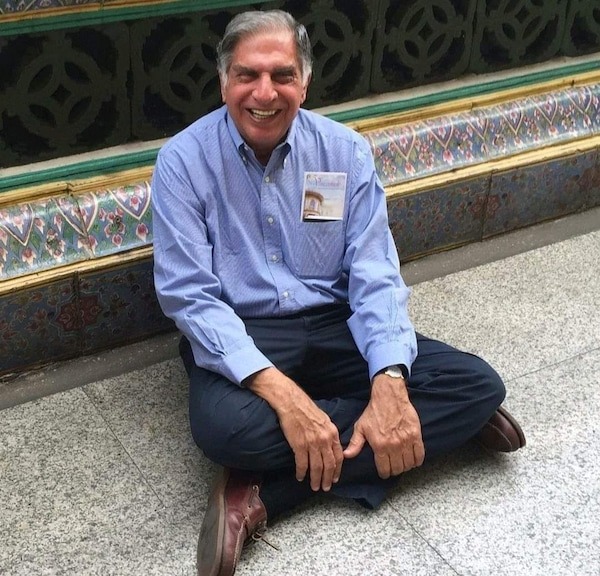The visionary industrialist passed away at the age of 86 last year, leaving behind a legacy that shaped modern India’s business landscape. As the nation remembers his unmatched contributions to industry, innovation, and humanity, his absence continues to be deeply felt by those whose lives he inspired with compassion and purpose.
Here’s a look back at the remarkable journey of Ratan Tata, the man who built more than companies, he built trust.
Early Life and Education
Ratan Naval Tata was born on December 28, 1937, in Mumbai to Naval and Sooni Tata. His father, Naval, was adopted by Ratanji Tata, son of Jamsetji Tata, the legendary founder of the Tata Group.
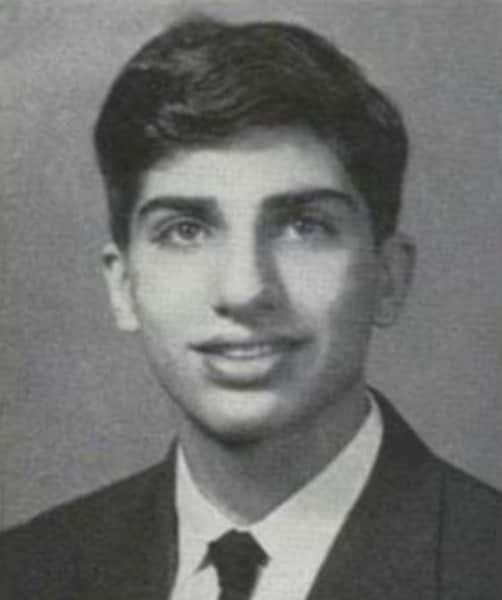
He studied at the Cathedral and John Connon School in Mumbai and Bishop Cotton School in Shimla, later graduating in architecture from Cornell University in 1962. That same year, he joined the Tata Group as an assistant in Tata Industries and trained at the Jamshedpur plant of Tata Engineering and Locomotive Company (now Tata Motors).
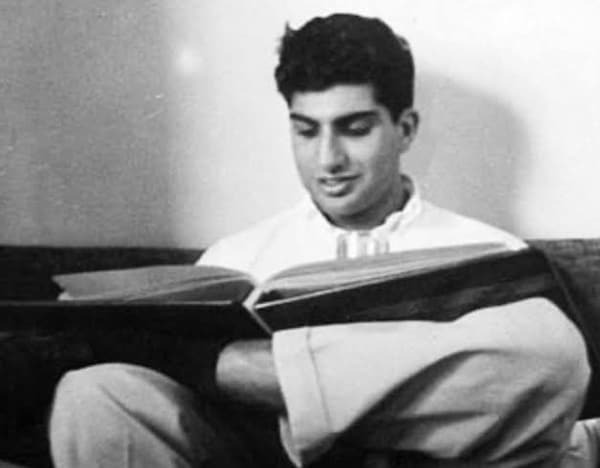
Early Career and Global Exposure
In 1963, he joined Tata Iron and Steel Company (now Tata Steel) at its Jamshedpur facility.
By 1969, he was posted as Tata Group’s resident representative in Australia, gaining international exposure and experience.
He returned to India in 1970 to briefly work with Tata Consultancy Services (TCS), which had just been launched as Tata Computer Systems.
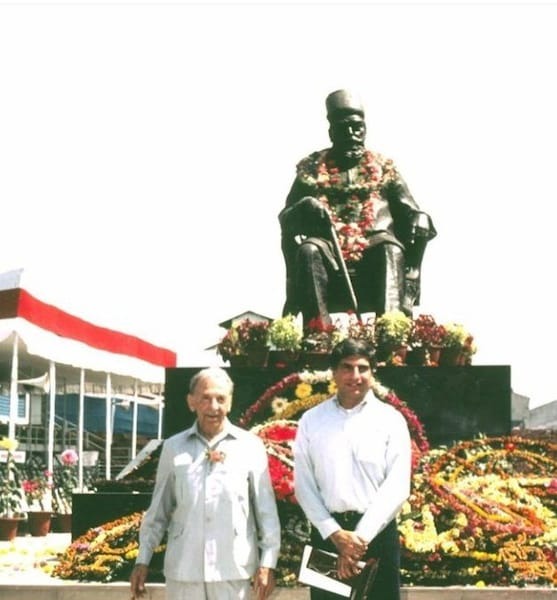
Rise Through the Tata Ranks
In 1971, Ratan Tata took over as director-in-charge of Nelco, then a struggling Tata company. His innovative thinking began to emerge early.
By 1974, he joined the board of Tata Sons, and a year later, in 1975, he completed the Advanced Management Program at Harvard Business School, an experience that would shape his global outlook.
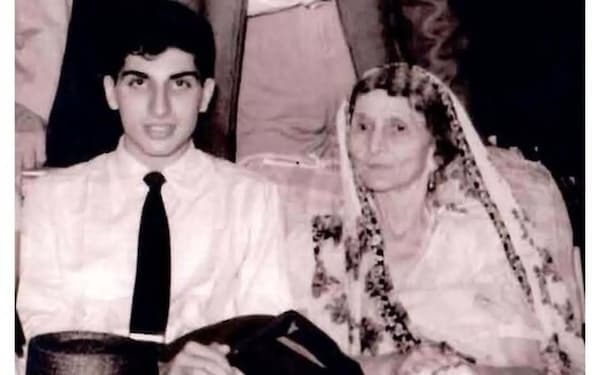
Leadership and Transformation
In 1981, he was appointed Chairman of Tata Industries, where he drafted the Tata strategic plan and transformed the company into a hub for innovation and high-technology ventures.
From 1986 to 1989, he also served as Chairman of Air India, leading the national carrier during a challenging period.
The defining moment came in 1991, when Ratan Tata succeeded JRD Tata as Chairman of Tata Sons and Tata Trusts, marking the start of a new era for the group.
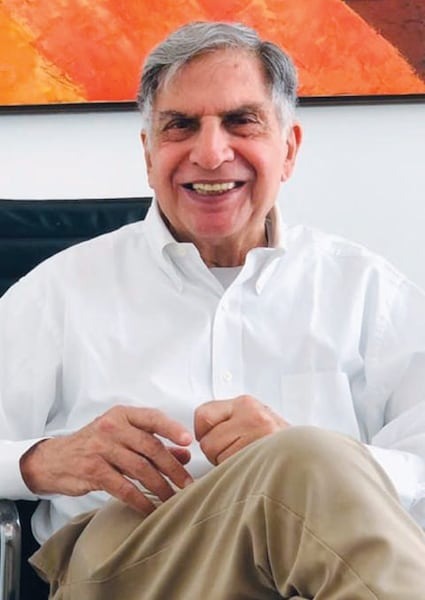
Building a Global Tata
Ratan Tata led the group’s global expansion. Between 2005 and 2007, Tata companies acquired Brunner Mond and Corus Steel in Europe.
In 2008, he oversaw two defining moments, Tata Motors’ acquisition of Jaguar Land Rover, and the launch of Tata Nano, India’s most affordable car.
His leadership was recognized with national honours, the Padma Bhushan in 2000 and the Padma Vibhushan in 2008.
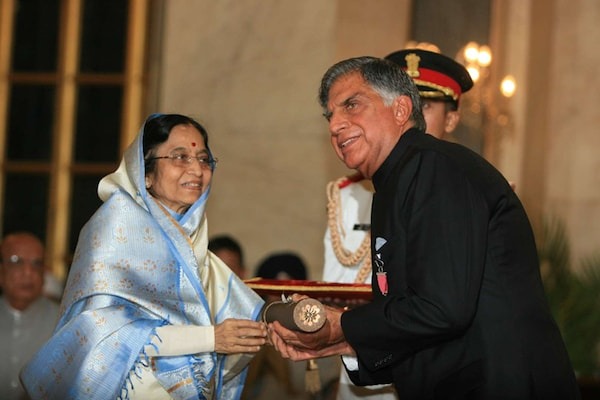
Passing the Baton and Continued Guidance
After five decades of service, Ratan Tata stepped down in 2012 as Chairman of Tata Sons, naming Cyrus Mistry as his successor, and was made Chairman Emeritus.
Following a legal dispute in 2016–2017, he briefly returned as interim chairman to stabilize the group.
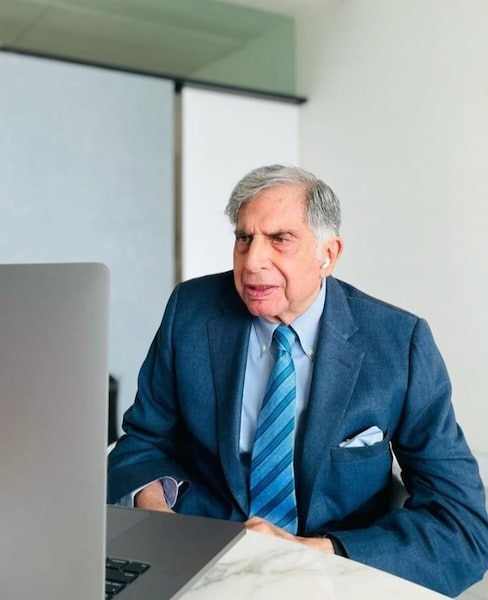
Service Beyond Business
Ratan Tata was deeply committed to social causes through Tata Trusts, which under his guidance contributed ₹1,500 crore in 2020 for COVID-19 relief efforts.
In 2022, he launched Goodfellows, a startup connecting senior citizens with young graduates for companionship, a project close to his heart.
A year later, in 2023, the Maharashtra government honoured him with its first-ever Udyog Ratna Award.
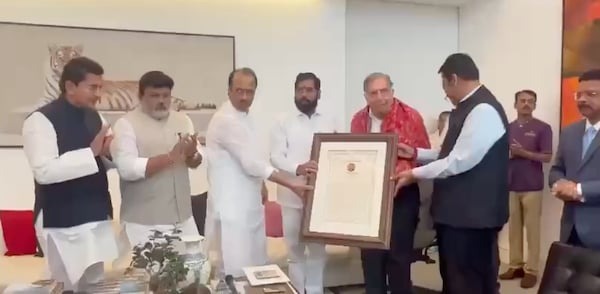
A Legacy That Lives On
Ratan Tata’s life was not just about building companies, it was about building a better India. His vision combined business excellence with empathy, ethics, and social responsibility.
Even in his absence, his ideals continue to guide generations of entrepreneurs and citizens who see in him what true leadership looks like: humble, principled, and deeply human.
